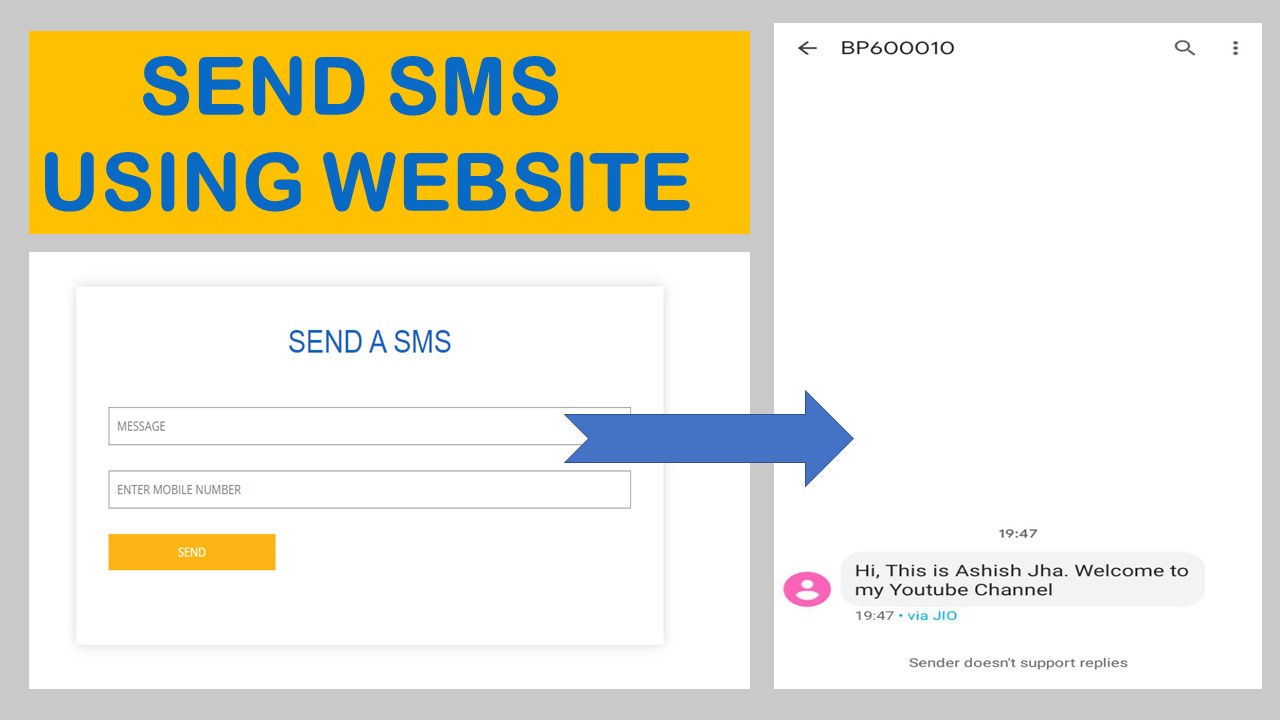SOURCE CODE
On Forgot Password Page
static string DBCS = ConfigurationManager.ConnectionStrings["dbconnection"].ConnectionString;
protected void btnForgotPass_Click(object sender, EventArgs e)
{
try
{
using (SqlConnection conn = new SqlConnection(DBCS))
{
using (SqlCommand cmd = new SqlCommand("select * from tblUsers where EmailAddress = @EmailAddress"))
{
cmd.Parameters.AddWithValue("@EmailAddress", exampleInputEmail.Text);
cmd.Connection = conn;
cmd.Connection.Open();
using (SqlDataReader sqlRdr = cmd.ExecuteReader())
{
if (sqlRdr.HasRows)
{
while (sqlRdr.Read())
{
int userId = sqlRdr.GetInt32(0);
string fullName = sqlRdr.GetString(1);
string emailId = sqlRdr.GetString(2);
var guid = Guid.NewGuid();
using (SqlCommand cmd1 = new SqlCommand("insert into tblForgotPasswordRequest values(@UniqueId, @UserId, @DateRequest)"))
{
cmd1.Parameters.AddWithValue("@UniqueId", guid);
cmd1.Parameters.AddWithValue("@UserId", userId);
cmd1.Parameters.AddWithValue("@DateRequest", DateTime.Now);
cmd1.Connection = conn;
cmd1.ExecuteNonQuery();
Response.Write("<script>alert('Password reset link has mailed to you');</script>");
string emailSubject = "Reset Password";
string emailBody = "Hi, " + fullName + "</h1>";
emailBody += "<a href='http://localhost/ResetPassword.aspx?Guid=" + guid.ToString() + "'>Reset Password</a>";
string msg = SendMail(emailSubject, emailBody, emailId);
}
}
}
else
{
Response.Write("<script>alert('This Email Address does not exists in our database.');</script>");
}
}
}
}
}
catch (Exception ex)
{
Response.Write("<script>alert('Some Error Occurred');</script>");
}
}
public static string SendMail(string emailSubject, string emailBody, string toEmail)
{
try
{
MailMessage PassRecMail = new MailMessage("", toEmail);
PassRecMail.Body = emailBody;
PassRecMail.IsBodyHtml = true;
PassRecMail.Subject = emailSubject;
PassRecMail.Priority = MailPriority.High;
SmtpClient SMTP = new SmtpClient("smtp.gmail.com", 587);
SMTP.DeliveryMethod = SmtpDeliveryMethod.Network;
SMTP.UseDefaultCredentials = false;
SMTP.UseDefaultCredentials = true;
SMTP.Credentials = new NetworkCredential()
{
UserName = "",
Password = ""
};
SMTP.EnableSsl = true;
SMTP.Send(PassRecMail);
return "Mail Send Successfully";
}
catch (Exception ex)
{
return "Some Error Occurred.";
}
}
On Reset Password Page
private static int UserId;
private static Guid guid;
static string DBCS = ConfigurationManager.ConnectionStrings["dbconnection"].ConnectionString;
protected void Page_Load(object sender, EventArgs e)
{
try
{
guid = new Guid(Request.QueryString["Guid"]);
if (guid != null)
{
using (SqlConnection conn = new SqlConnection(DBCS))
{
using (SqlCommand cmd = new SqlCommand("select * from tblForgotPasswordRequest where UniqueId = @UniqueId"))
{
cmd.Parameters.AddWithValue("@UniqueId", guid);
cmd.Connection = conn;
cmd.Connection.Open();
using (SqlDataReader sqlRdr = cmd.ExecuteReader())
{
if (sqlRdr.HasRows)
{
while (sqlRdr.Read())
{
UserId = sqlRdr.GetInt32(1);
}
}
else
Response.Redirect("~/Default.aspx", false);
}
}
}
}
}
catch (Exception ex)
{
Response.Redirect("~/Default.aspx", false);
}
}
protected void btnResetPass_Click(object sender, EventArgs e)
{
try
{
if (inputPassword.Text == inputRepeatPassword.Text)
{
using (SqlConnection conn = new SqlConnection(DBCS))
{
using (SqlCommand cmd = new SqlCommand("update tblUsers set Password = @Password where UserId = @UserId"))
{
cmd.Parameters.AddWithValue("@Password", exampleInputPassword.Text);
cmd.Parameters.AddWithValue("@UserId", UserId);
cmd.Connection = conn;
cmd.Connection.Open();
cmd.ExecuteNonQuery();
Response.Write("<script>alert('Password successfully updated.');</script>");
using (SqlCommand cmd1 = new SqlCommand("delete from tblForgotPasswordRequest where UniqueID = @UniqueID"))
{
cmd1.Parameters.AddWithValue("@UniqueID", guid);
cmd1.Connection = conn;
cmd1.ExecuteNonQuery();
}
}
}
}
else
{
Response.Write("<script>alert('Password does not match');</script>");
}
}
catch (Exception ex)
{
Response.Write("<script>alert('Some Error Occurred');</script>");
}
}
SOURCE VIDEO



